To the center of Tibetan culture
August is always a short break for us before the busy season coming. We decided to go for a small itinerary research trip to update the information and discover new activities for one of our photo safari “The unknown Tibet”.
Since Philip dropped his car in Xining for the last group, we took a train from Chengdu to Xining and drove back along the same route.
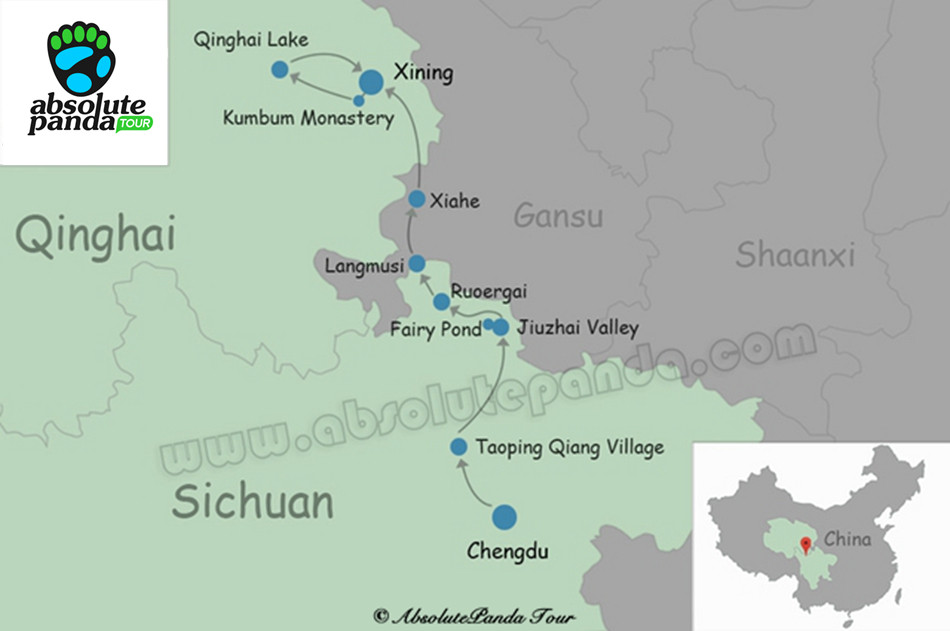
This time, we stopped by few new spots like Tongren “Regong art villages” and grasslands like Ganjia and Sangke. We took many photo of those beautiful landscapes and found some new Tibetan culture interactions.
Here we are going to share some highlights of this trip with you!
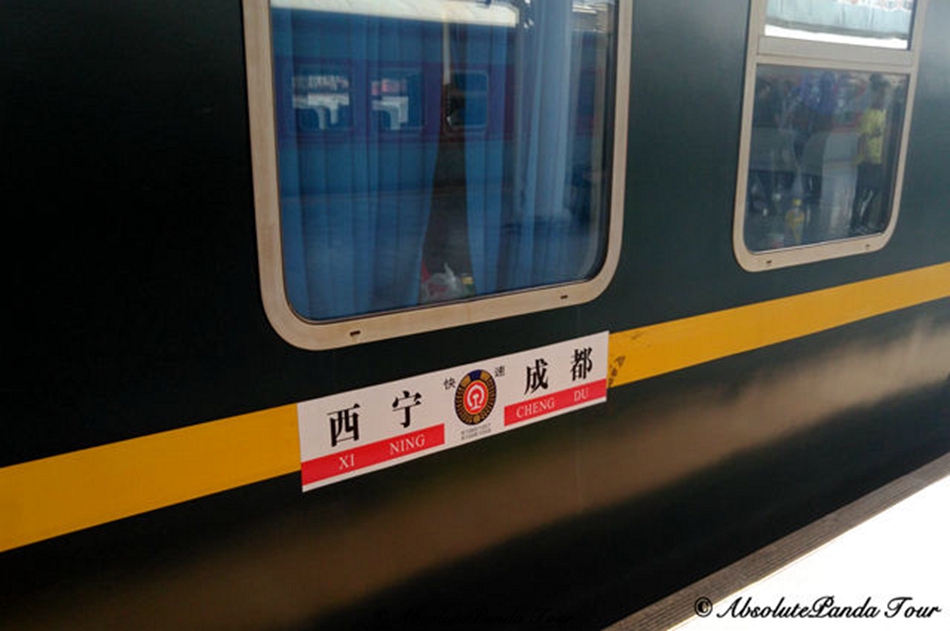
Highlight 1 Regong art
Regong Art is an important school of Tibetan Buddhist art with widespread influence which was recognized as UNESCO Intangible Cultural Heritage of Humanity. Regong Art includes paintings (murals and scrolls called "thangka" in Tibetan), clay and wooden sculptures, barbola, color paintings on buildings, patterns, butter sculptures, and so on. The contents of Regong art range from the story of the Sakyamuni, Bodhisattvas, Buddhist guardians and fairies, to Buddhist stories.
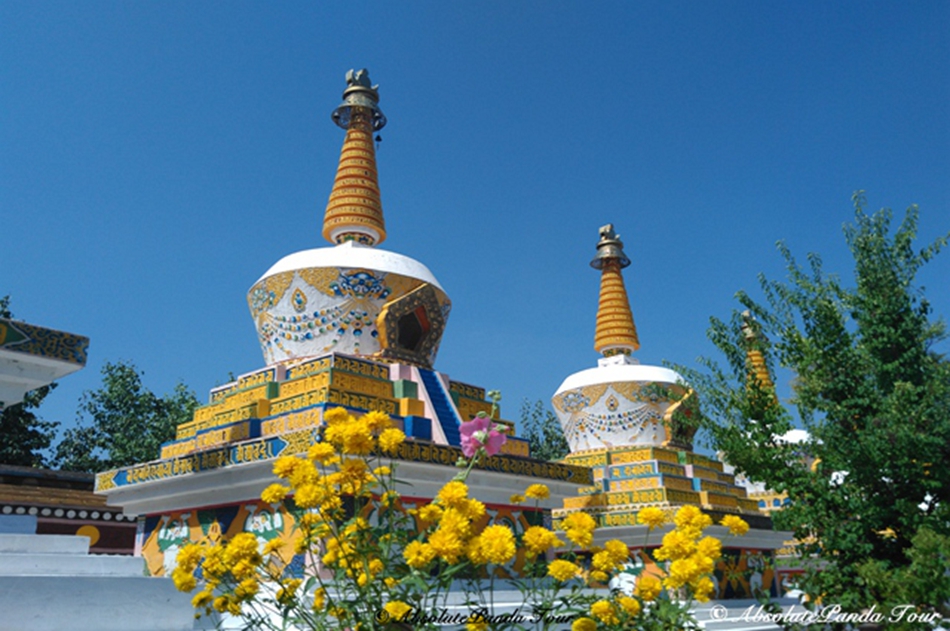
Stupa
As an ancient and unique form of art, Regong art features in vivid and accurate modeling, beautiful and exquisite drawing, bright and gorgeous colors and decorative form. Its modest style of painting, clean and harmonious color set, absolutely life like portrait have fully reflected Tibetan people’s wisdom and excellent culture.
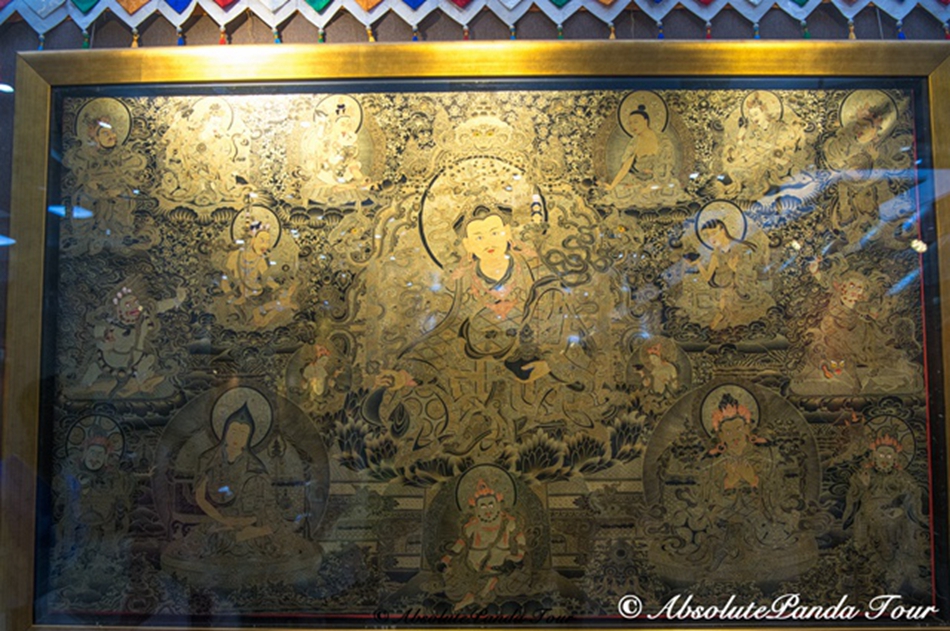
Thangka
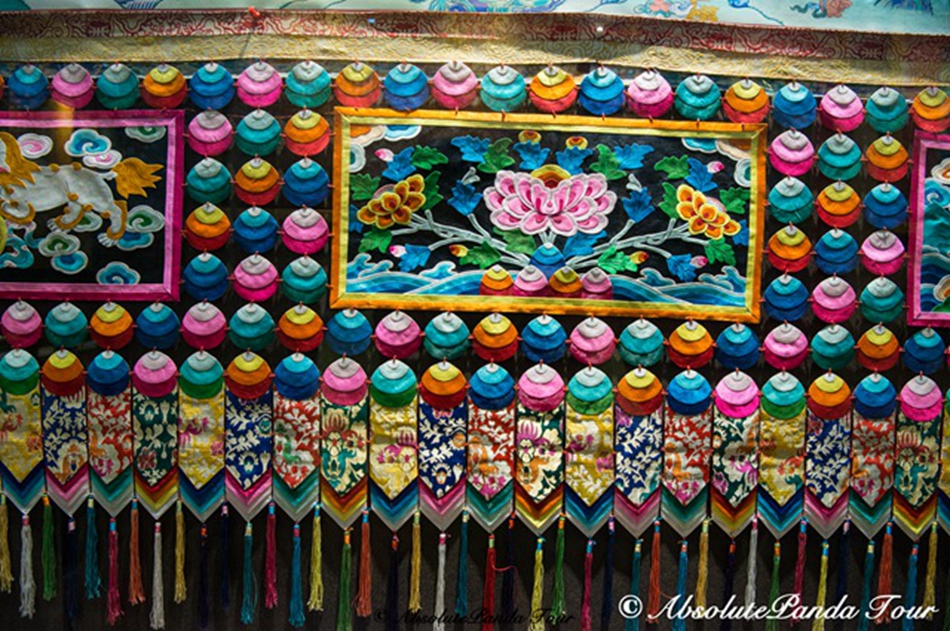
Barbola
History
Regong art originated in the Longwu River area inside Tongren County, Qinghai Province in the 15th century AC. In the past several hundred years, lots of artists here have been engaged in the folk Buddhism painting. Both the number of the artists and their excellence in skills are rarely seen in other Tibetan areas. Thus, Tongren County is reputed as the "Home of Tibetan Culture and Art". Tongren is also called "Regong" in Tibetan, and this kind of art is called “Regong art”.
In the early period, Regong Art works were crude and unsophisticated with monotone colors, featuring typical Indian and Nepalese styles. The tone of drawing is bold, depicting characters, scenery. Flowers and birds vividly, making the appearance of the picture vigorous and firm. In the mid-17th century, artisans mastered better techniques and the painting styles became more elegant and exquisite; they also paid more attention to decorative effects in their works. Thus, the art entered a prosperous period of development.
Development
Centuries passed, many early and mid-time wonderful paintings were lost. However, people can still find some gorgeous, excellent and large-sized wall paintings and Tangka arts painted by the artists from that time in Longwu Temple, Nianduhu Temple and Wutun Temple. People in this area are very religious and use the way of art to express their love to the Buddha. Almost every family work on different kinds of art. It is very interesting to see how religious art influence people’s life. We are going to visit those temples and villages to better understand this old and developing art.
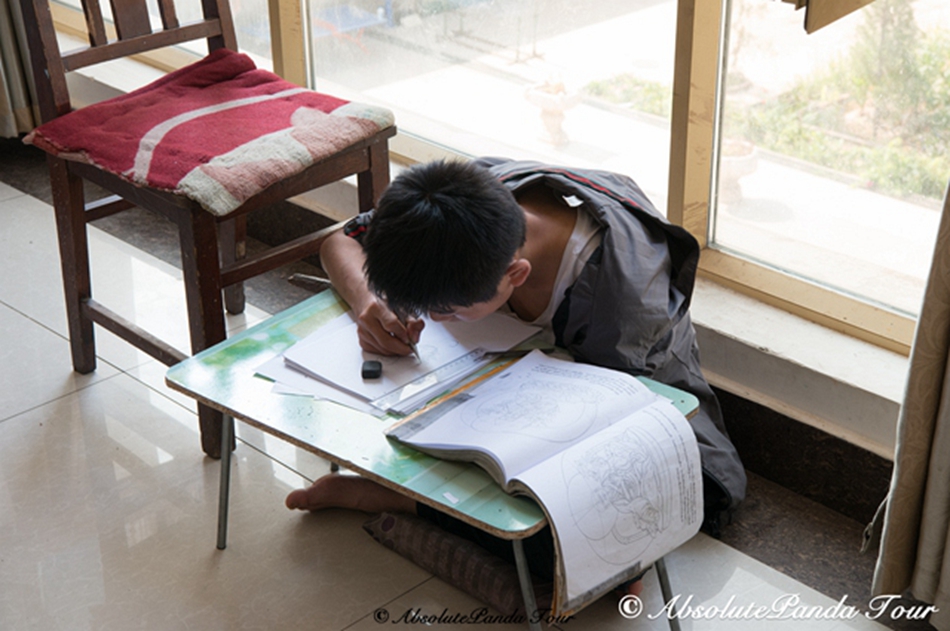
Students drawing draft of Thangka
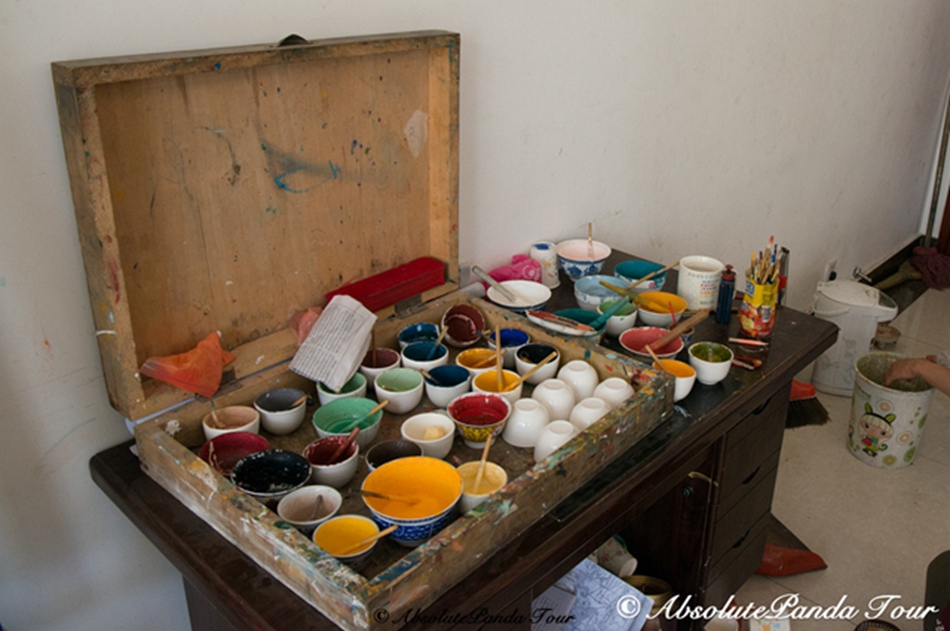
Activities
Visit Regong art school, watch the exhibition of some of the best art work of Thangka master, see young artists and students painting thangka.
Interact with barbola artists in their studios, try making your own barbola. Clay and wooden sculptures workshop in the art studio.
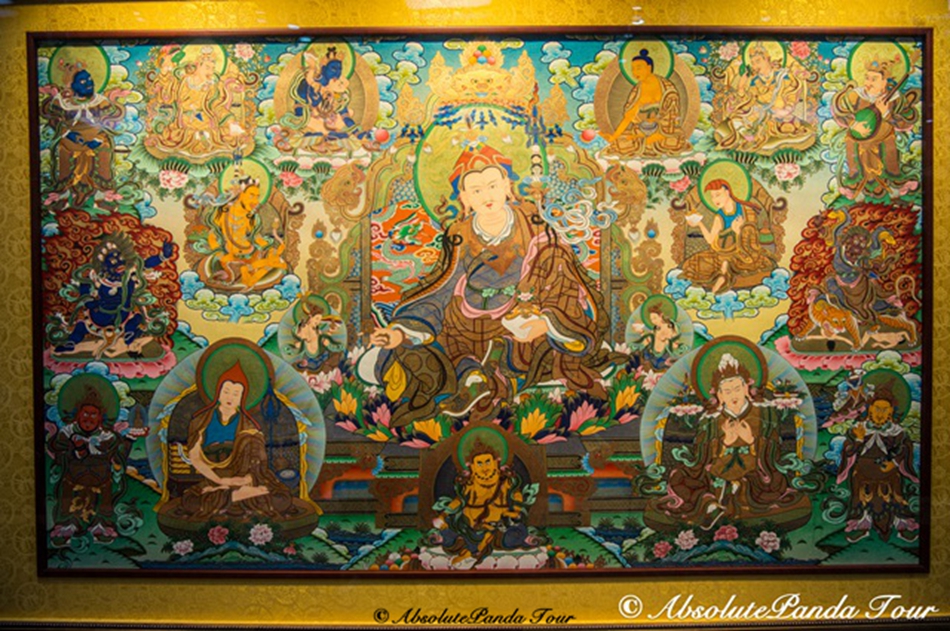
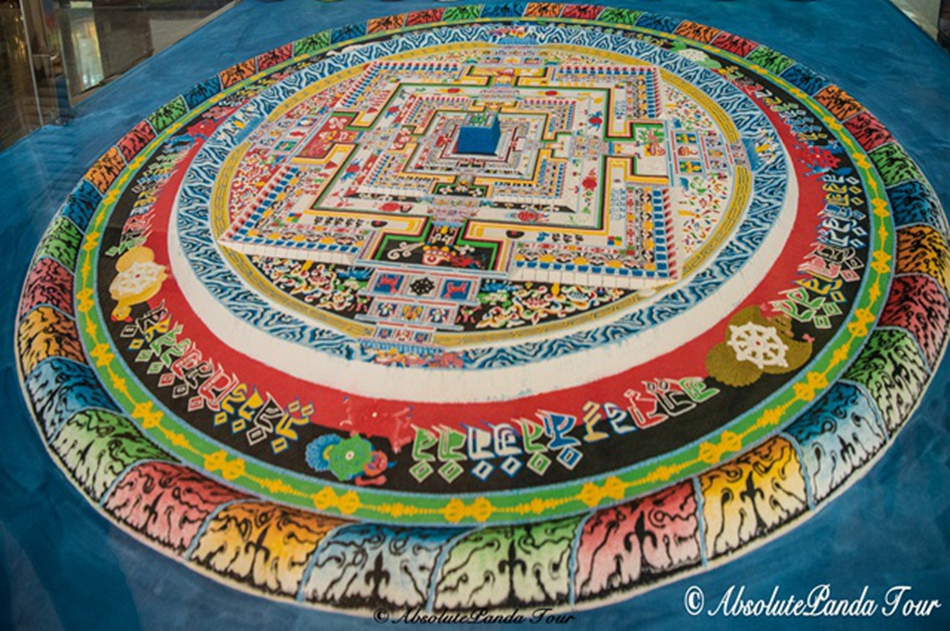
Mandala made by sand.
Highlight 2 Grassland & Danxia landform Photography
The scenic road to Chengdu provides many chances for grassland photography. We passed three large grasslands Ganjia, Sangke and Ruoergai. The vast grasslands show different posture day and night. The wildlife or domestic yak and goat are like pearl on decorated on the green carpet. As a UNESCO site, Kanbula Danxia landaform is also just amazing to see.
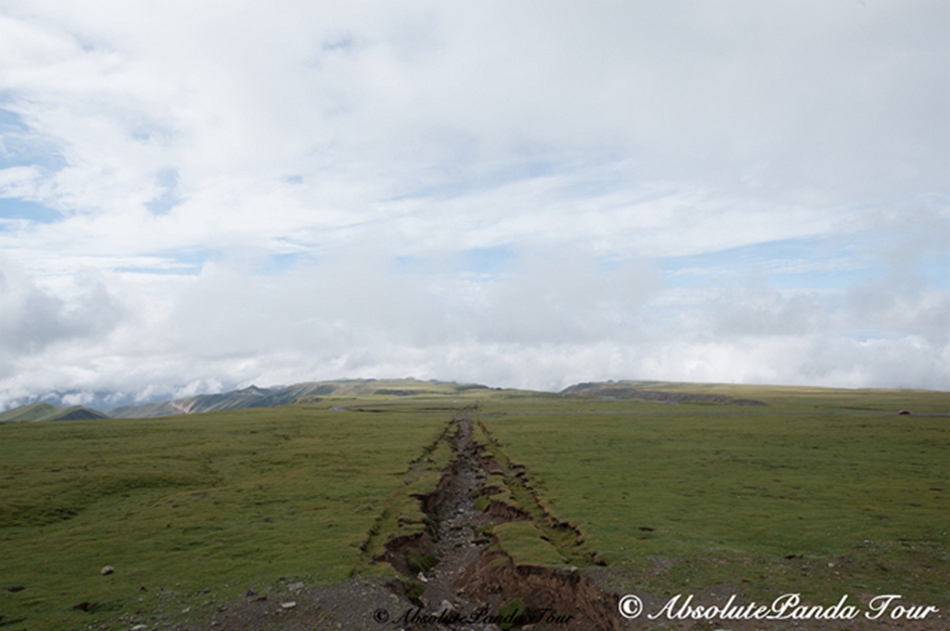
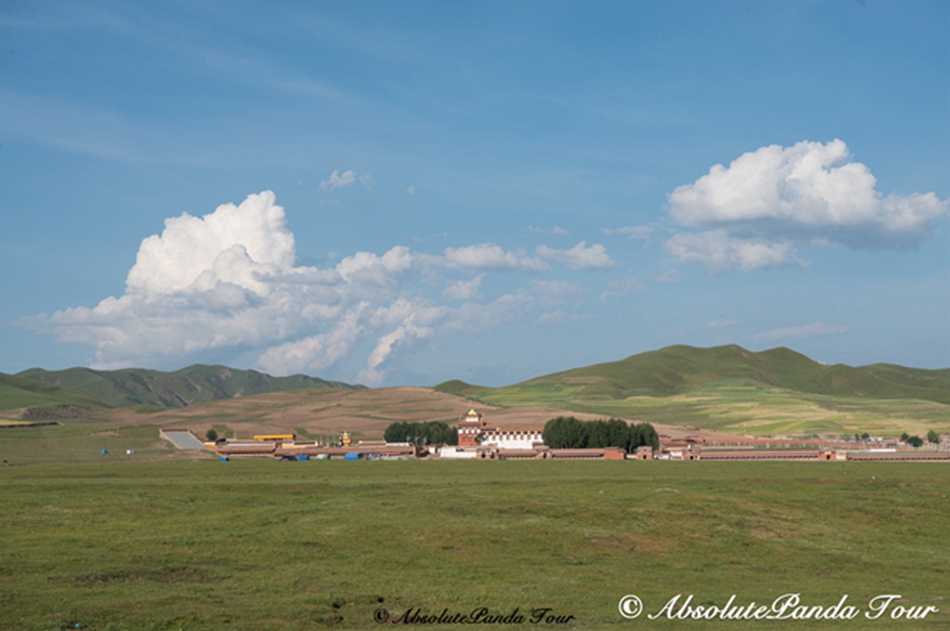
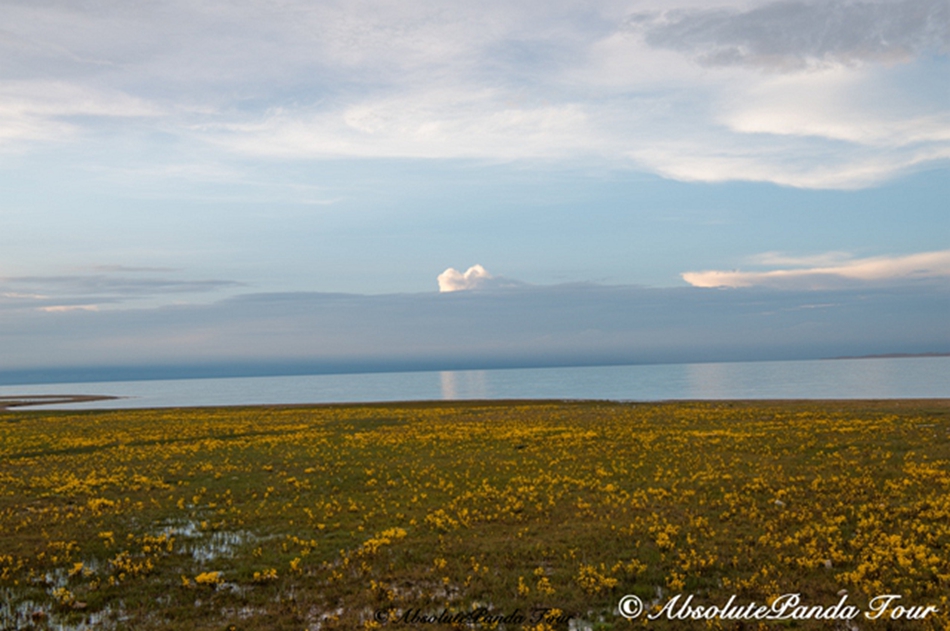
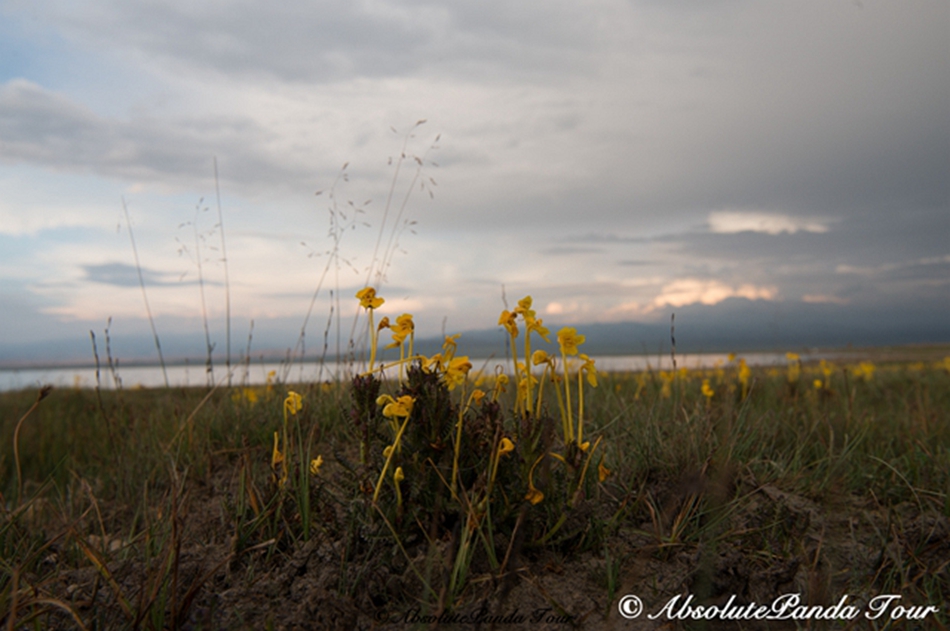
Highlight 3 Grand Monasteries
We passed three important Tibetan Buddhist monasteries --- Taer, Labrang, Lhamo Monastery.
Taer Monastery
Taer Monastery was built in in 1577 to commemorate Tsong Khapa (1357-1419), founder of the Yellow Hat Sect. The monastery is splendid. It has 9,300 rooms and 52 halls. The whole area covers more than 144 thousand square meters (about 36 acres) with mountains surrounding it. The Ta'er Monastery is rich in fascinating arts. The famous butter sculptures, the barbolas, and the murals are considered to be the three most unique arts of superb craftsmanship.
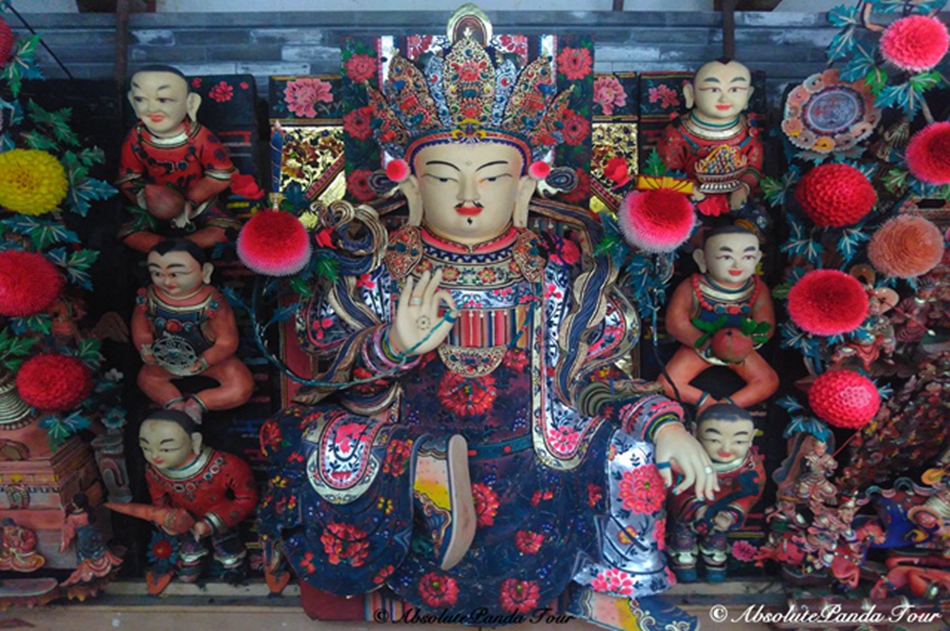
Labrang Monastery
Like Taer monastery, Labrang Monastery is among the six very important monasteries in China the rest of which are situated in Tibet (the Ganden, Sera and Drepung monasteries in the Lhasa area and the Tashilhunpo Monastery in Shigatse). In terms of size it is second only to the Potala Palace in Lhasa and it is so called from the Tibetan "Labrang" meaning the "place where the Buddhist Palace stands".
The monastery consists of 18 resplendent halls, six prestigious Buddhist institutes (the Institute of Esoteric Buddhism, the Higher & Lower Institute of Theology, the Institute of Medicine, the Institute of Astrology and the Institute of Law), and about 500 bedrooms for both the living Buddhas and ordinary monks. In total the monastery holds over 60,000 Tibetan sutras and thousands of rare Buddhist relics, including a statue of the most famous Tibetan king, Songtsen gampo.
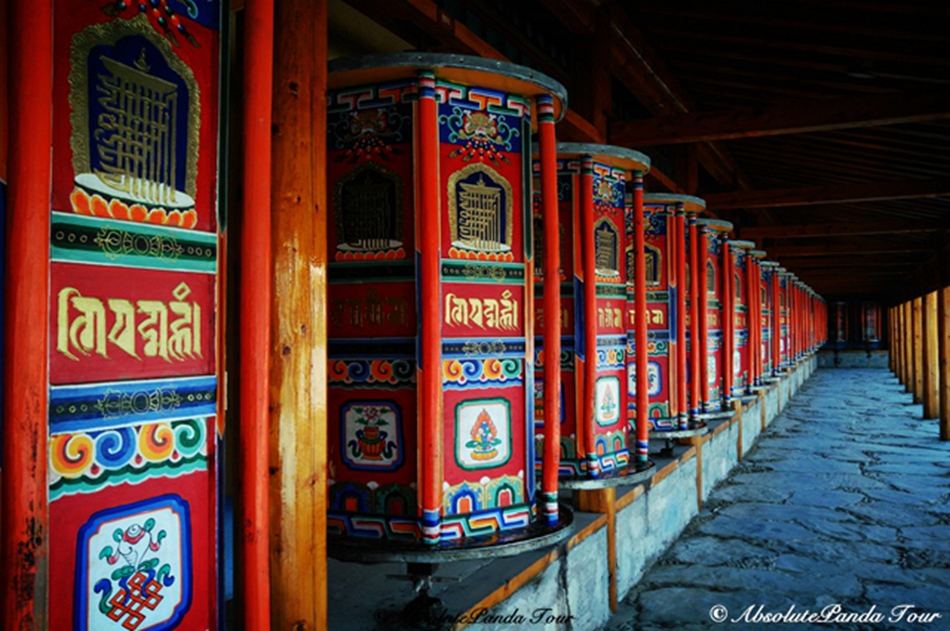
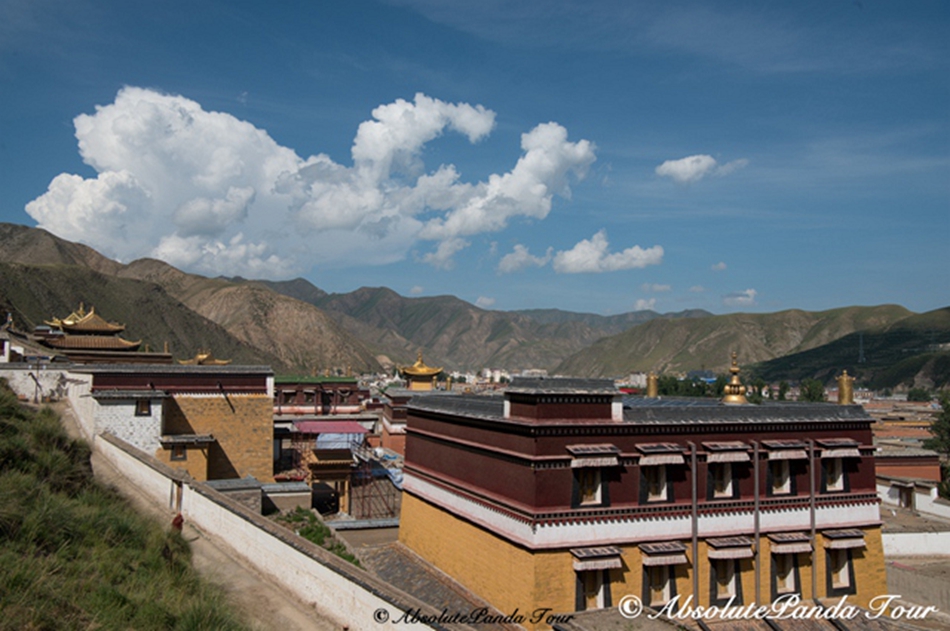
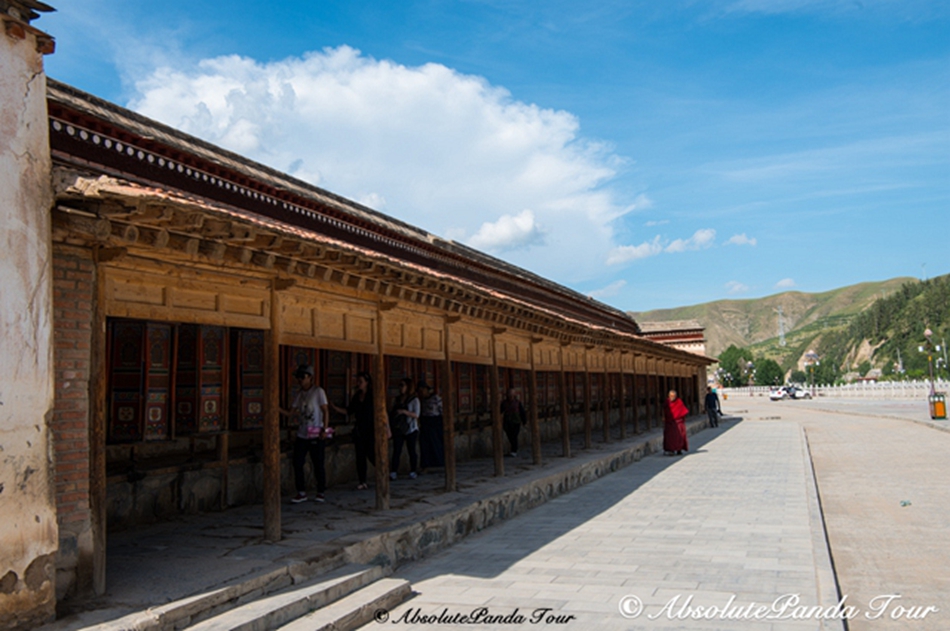
Lhamo Monastery
A sleepy village in a remote breathtaking location predominantly inhabited by a colorful mix of Hui Muslims and Amdo Tibetans. It is said that the provincial borderline runs through the middle of town with Sertri Gompa in Gansu and Kirti Gompa located in Sichuan. The power struggles between the two Gompa may have been the reason for the border location. Both temples have distinct styles making both well worth the visit alone. The surrounding mountains give off a very much alpine flair reminiscent of rural Austria or Bavaria and perfect for hiking and horse trekking.
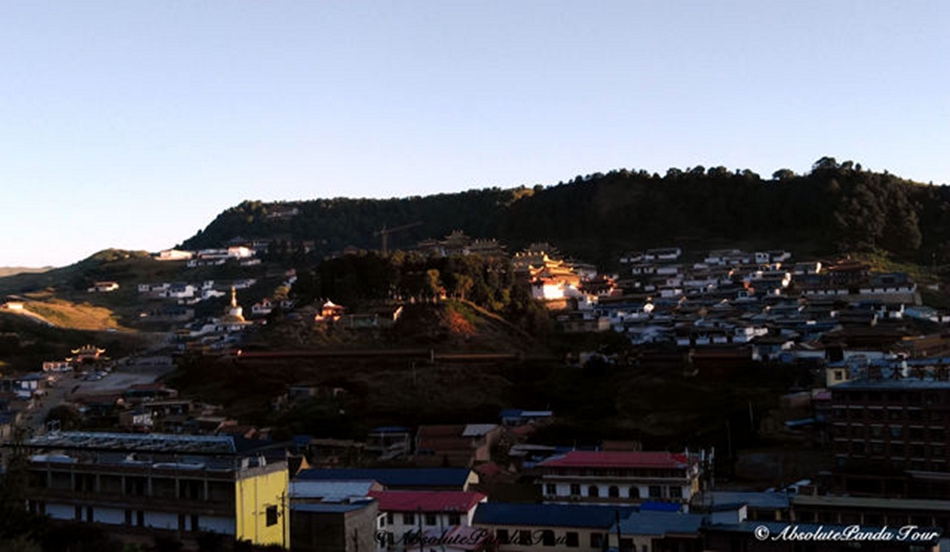
Kirti Gompa located in Sichuan
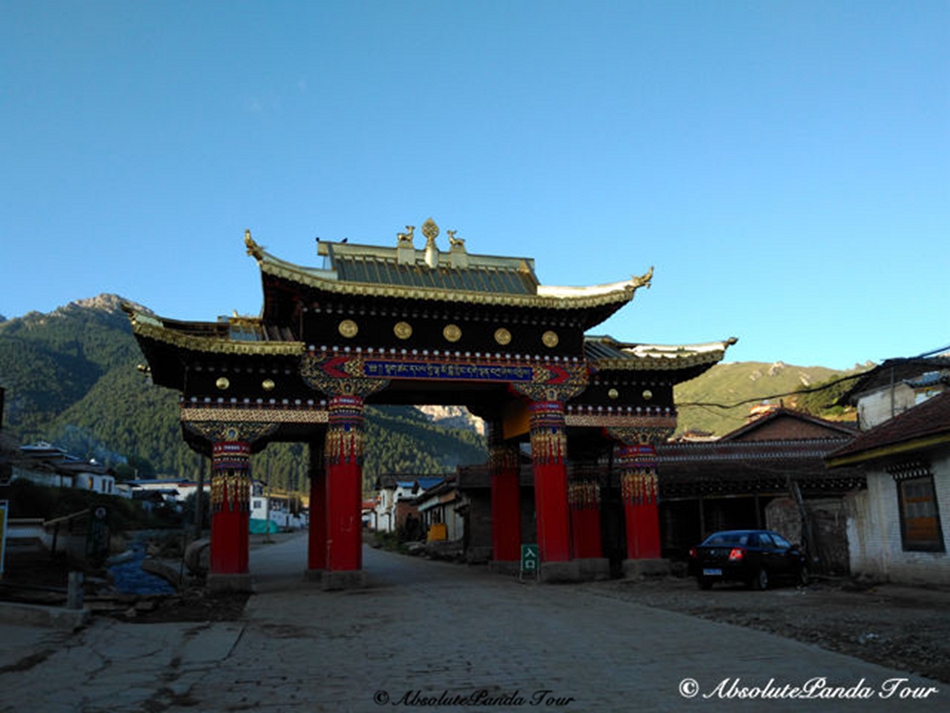
Sertri Gompa in Gansu
If you are a art lover or a fan of Tibetan culture, you don't want to miss this chance to have a close encounter with the fabulous Tibetan culture that is far away from Lhasa and unknown by many.
For more information, please check “The unknown Tibet”.
Since Philip dropped his car in Xining for the last group, we took a train from Chengdu to Xining and drove back along the same route.

This time, we stopped by few new spots like Tongren “Regong art villages” and grasslands like Ganjia and Sangke. We took many photo of those beautiful landscapes and found some new Tibetan culture interactions.
Here we are going to share some highlights of this trip with you!

Highlight 1 Regong art
Regong Art is an important school of Tibetan Buddhist art with widespread influence which was recognized as UNESCO Intangible Cultural Heritage of Humanity. Regong Art includes paintings (murals and scrolls called "thangka" in Tibetan), clay and wooden sculptures, barbola, color paintings on buildings, patterns, butter sculptures, and so on. The contents of Regong art range from the story of the Sakyamuni, Bodhisattvas, Buddhist guardians and fairies, to Buddhist stories.

Stupa
As an ancient and unique form of art, Regong art features in vivid and accurate modeling, beautiful and exquisite drawing, bright and gorgeous colors and decorative form. Its modest style of painting, clean and harmonious color set, absolutely life like portrait have fully reflected Tibetan people’s wisdom and excellent culture.

Thangka

Barbola
History
Regong art originated in the Longwu River area inside Tongren County, Qinghai Province in the 15th century AC. In the past several hundred years, lots of artists here have been engaged in the folk Buddhism painting. Both the number of the artists and their excellence in skills are rarely seen in other Tibetan areas. Thus, Tongren County is reputed as the "Home of Tibetan Culture and Art". Tongren is also called "Regong" in Tibetan, and this kind of art is called “Regong art”.
In the early period, Regong Art works were crude and unsophisticated with monotone colors, featuring typical Indian and Nepalese styles. The tone of drawing is bold, depicting characters, scenery. Flowers and birds vividly, making the appearance of the picture vigorous and firm. In the mid-17th century, artisans mastered better techniques and the painting styles became more elegant and exquisite; they also paid more attention to decorative effects in their works. Thus, the art entered a prosperous period of development.
Development
Centuries passed, many early and mid-time wonderful paintings were lost. However, people can still find some gorgeous, excellent and large-sized wall paintings and Tangka arts painted by the artists from that time in Longwu Temple, Nianduhu Temple and Wutun Temple. People in this area are very religious and use the way of art to express their love to the Buddha. Almost every family work on different kinds of art. It is very interesting to see how religious art influence people’s life. We are going to visit those temples and villages to better understand this old and developing art.

Students drawing draft of Thangka

Activities
Visit Regong art school, watch the exhibition of some of the best art work of Thangka master, see young artists and students painting thangka.
Interact with barbola artists in their studios, try making your own barbola. Clay and wooden sculptures workshop in the art studio.


Mandala made by sand.
Highlight 2 Grassland & Danxia landform Photography
The scenic road to Chengdu provides many chances for grassland photography. We passed three large grasslands Ganjia, Sangke and Ruoergai. The vast grasslands show different posture day and night. The wildlife or domestic yak and goat are like pearl on decorated on the green carpet. As a UNESCO site, Kanbula Danxia landaform is also just amazing to see.




Highlight 3 Grand Monasteries
We passed three important Tibetan Buddhist monasteries --- Taer, Labrang, Lhamo Monastery.
Taer Monastery
Taer Monastery was built in in 1577 to commemorate Tsong Khapa (1357-1419), founder of the Yellow Hat Sect. The monastery is splendid. It has 9,300 rooms and 52 halls. The whole area covers more than 144 thousand square meters (about 36 acres) with mountains surrounding it. The Ta'er Monastery is rich in fascinating arts. The famous butter sculptures, the barbolas, and the murals are considered to be the three most unique arts of superb craftsmanship.

Labrang Monastery
Like Taer monastery, Labrang Monastery is among the six very important monasteries in China the rest of which are situated in Tibet (the Ganden, Sera and Drepung monasteries in the Lhasa area and the Tashilhunpo Monastery in Shigatse). In terms of size it is second only to the Potala Palace in Lhasa and it is so called from the Tibetan "Labrang" meaning the "place where the Buddhist Palace stands".
The monastery consists of 18 resplendent halls, six prestigious Buddhist institutes (the Institute of Esoteric Buddhism, the Higher & Lower Institute of Theology, the Institute of Medicine, the Institute of Astrology and the Institute of Law), and about 500 bedrooms for both the living Buddhas and ordinary monks. In total the monastery holds over 60,000 Tibetan sutras and thousands of rare Buddhist relics, including a statue of the most famous Tibetan king, Songtsen gampo.



Lhamo Monastery
A sleepy village in a remote breathtaking location predominantly inhabited by a colorful mix of Hui Muslims and Amdo Tibetans. It is said that the provincial borderline runs through the middle of town with Sertri Gompa in Gansu and Kirti Gompa located in Sichuan. The power struggles between the two Gompa may have been the reason for the border location. Both temples have distinct styles making both well worth the visit alone. The surrounding mountains give off a very much alpine flair reminiscent of rural Austria or Bavaria and perfect for hiking and horse trekking.

Kirti Gompa located in Sichuan

Sertri Gompa in Gansu
If you are a art lover or a fan of Tibetan culture, you don't want to miss this chance to have a close encounter with the fabulous Tibetan culture that is far away from Lhasa and unknown by many.
For more information, please check “The unknown Tibet”.
Last one: The First
Next one: In search of Snow Leopard and other wildlife——Chapter I
 info@absolutepanda.com
info@absolutepanda.com






